In the regions where winter is pronounced, car owners have to buy two sets of rubber - summer and winter. It is very important that tires correspond to different weather conditions. The use of seasonal rubber is a mandatory point in any CASCO Actually in all insurance companies. Therefore, there is no doubt about the need to change rubber twice a year. However, when to do it? Since the weather is unpredictable, sometimes it is not easy to determine the moment when the season was completely changed. About this further in the article.
Content
- Summer tires
- Winter tires
- What winter tires differs from summer
- Replacing rubber, why it is important to change rubber on the season
- Replacement of rubber, replacement time for winter and summer, according to the law
- Penalty for inconsistency of rubber season
- Replacement of rubber when replacing tires, focusing on the outdoor temperature
- Replacement of studded rubber on summer, advice pro
- What does the law on tread treads
- Tips Profi, as the climatic features of the region are taken into account
- Profi Tips, whether you need to have two sets of disks, how rubber stored without disks, how to achieve uniform wear by replacing the leading pair to not lead
Summer tires
Rubber used in summer tires is more rigid. It is enough wear-resistant and withstands contact with asphalt, heated in the heat. The properties of summer rubber are balanced between the resistance to rolling and the clutch with the surface, the tire is quite elastic to "hold" the vehicle on the laid course, but it does not wear a hundred kilometers of run. Under conditions of low temperatures, the tire becomes tough, the rolling process is more like a slip, and the ability to stable contact with the road web is rapidly decreasing.
Winter tires
Winter tires are characterized by a softer rubber composition, which becomes very soft at the plus temperatures and is quickly wearing. However, when the temperature drops below zero, the winter tire becomes quite elastic, which allows you to confidently control the car. In addition to the chemical composition itself, winter tires can be more porous with the aim of increasing the area of \u200b\u200bcontact. It is worth noting that it is especially well affected by driving on ice, when the smallest irregularities cling to a practically smooth surface, thereby reducing the braking path.
Border Temperature for both types of tires - +10 degrees Celsius. When it is desirable, it is advisable to "convert".
What winter tires differs from summer
It is believed that the main difference between summer rubber from the winter is only a tread pattern. However, in fact, it is not quite so. Although, as a rule, the drawing is really different, it is far from determining and not the most important difference.
Try to hold the usual eraser (erasing gum) in the cold. Do you know what happens to her? If the rubber band is freezing, it can be easily breaking, because in such a state it will not bend and, accordingly, nothing will wash, until he is heated. And this is because tires, just like all other materials, significantly changes its properties depending on temperature.
That is why for various temperature modes, automotive tire manufacturers develop a different chemical composition of rubber, "dragging" thus determined in operation in a certain temperature range.
Replacing rubber, why it is important to change rubber on the season
The above temperature range in fact is not published in fact, but the standard rule for all is the following:
- Winter rubber is not recommended to operate in temperatures above +5 degrees Celsius, as they become softer and actually "melted." In addition, they cease to fulfill their functions to fully, as a result of which the stability of the vehicle on the road becomes a big question.

- As for summer rubber, at low temperatures, it hardens and is made absolutely "oak", which significantly increases the likelihood of driving, as well as the break of the wheels with an ordinary puncture.

- It is also worth saying about all-season tires that feel the best of yourself precisely when zero temperatures - from -5 and up to +10 degrees Celsius.
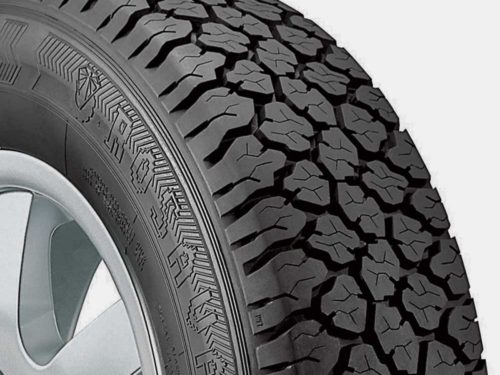
Replacement of rubber, replacement time for winter and summer, according to the law
- In the summer months it is prohibited to use only studded tires.
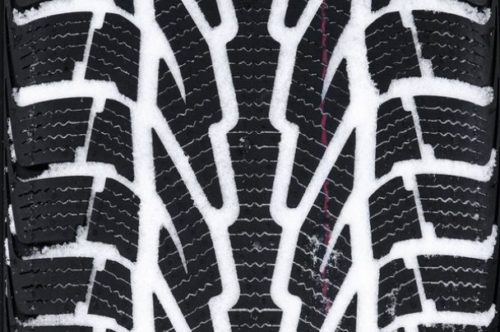
- In the winter months, the use of only winter tires is allowed. On the vehicle, you can put both studded and non-sucking rubber. The main thing is that it would marking "MS", "M & S", "M + S" and the corresponding drawing.

- It is worth noting that the deadlines for the operation of the operation. Local authorities can only increase, but cannot reduce. That is, in your region, for example, may prohibit the use of studded rubber from May to September. However, regional authorities, at the same time, do not have the right to reduce the term of the prohibition, that is, from June to August, transport in all regions should not use spikes.
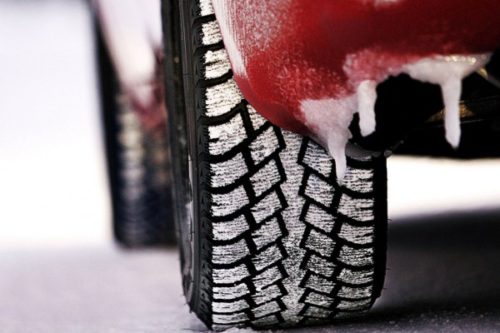
Therefore, there are such intervals of automotive tires:
- Summer tires (without labeling "M & S" and so on) can be applied from March to November.
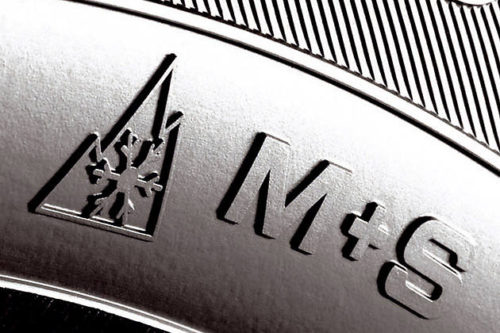
- Winter studded rubber (with M & S marking and so on) can be applied from September to May.
- Winter is not saved rubber (with M & S marking and so on) it can be applied all year round.
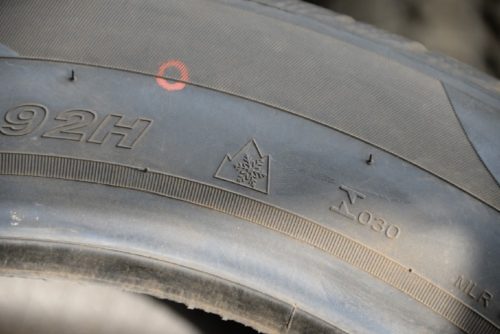
Therefore, if you have seated summer tires without labeling and winter studded tires, it is necessary to replace for autumn, that is, from September to November.
It is also worth mentioning the drivers using T.N. All-season tires that are intended for operation throughout the year. They can be operated in the winter months only if there is an appropriate marking - "M + S" and so on.
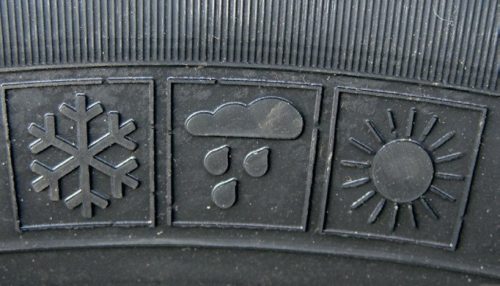
Penalty for inconsistency of rubber season
In 2016, a penalty for the lack of winter tires cannot be imposed. However, there is a penalty for the use of worn winter tires - a warning or 500 rubles. The traffic police officers can impose this penalty on the driver who exploits winter tires (with M + S marking and so on), in which the tread depth is less than four millimeters in the most worn place. However, the fine is superimposed only when operating a vehicle on a snow-covered or icy road surface.
Replacement of rubber when replacing tires, focusing on the outdoor temperature
In the question of operation of the vehicle, it is rather difficult to determine the clear boundary between the summer and in winter, as a result of which it is quite difficult to call the exact date of replacement of tires. Yes, and the weather in our country in recent years is very unstable and unpredictable. Therefore, many believe that the use of all-season rubber will give the opportunity to solve the problem. However, unfortunately, such universality is not always effective and justified.
Most experts recommend replacing winter tires on the summer, when the average daily temperature on the street fluctuates within + 5-7 degrees Celsius. After all, everyone knows that at night the frosts are not excluded, as a result of which ice is formed on the road, the summer tires for which they strongly slide.
It is worthwhile that at a temperature of +10 degrees, winter tires work poorly and is difficult to manage the vehicle, but if you drive only in the morning and in the evening, boldly focus on the night temperature.
However, if you leave the garage only during the day when the air temperature is significantly different from the one that at night, focus solely on this air temperature.
Replacement of studded rubber on summer, advice pro
Wrouders of studded rubber need to be "renovated" in the spring much earlier than the owners of untouched tires. This is due to the fact that the studded tires are quickly wearing in a warm time, and the braking path on the heated dry asphalt is very large. A few days of movement on studded rubber in warm weather are equal to thousands of kilometers of driving in the snow. In addition, there is a deterioration in the course stability, controllability and braking properties. The vehicle is poorly reacting to the turns of the steering column. In addition, when quickly driving on asphalt with studded tires, spikes are capable of flying out of the mounting sockets, snatching certain parts of the tread and destroying the road leaf.
What does the law on tread treads
Normal tread depth for winter rubber is somewhat more than for summer. This is due to the fact that the rammed snow is much more difficult to withdraw from under the spot of the wheel contact, as a result of which the grooves should be slightly deeper. In 2016, the recommended Tread Depth of Winter Tires should be at least four millimeters. At this bus, at the same time, there must be a certain labeling with snowflake, which is placed in a three-time mountain peak, as well as special designations "MS", "M & S", "M + S".
Tips Profi, as the climatic features of the region are taken into account
When choosing tires, it is also necessary to take into account the climatic features of the region where you live. All-season tires are calculated at temperatures from -5 to +25 degrees Celsius. Consequently, the option of all-season rubber is unacceptable for Russian latitudes and even risky for life.
Profi Tips, whether you need to have two sets of disks, how rubber stored without disks, how to achieve uniform wear by replacing the leading pair to not lead
Naturally, it is desirable to have two sets of discs, as if in winter and in the summer to ride on some disks, and only tires are changed, then the discs are flawed faster. It is worth noting that the tires without disks must be stored only vertically, in order to avoid deformation. It is advisable to store rubber in a dark room.
It is necessary to replace at once all four tires at once, while it is very desirable that they are all the same. This applies not only to the model, and the dates of the wheels. If the vehicle has a drive on one axis, in the new season of the tire with the drive axis it is desirable to put on the lead to achieve uniform wear of rubber.
Related Materials
- Stove 2110, bad warm stove 2110, VAZ 2110 heating system, repairing the heating system VAZ 2110 with their own hands
- VAZ 2114 stove blows with cold air, stove 2114, bad warm stove VAZ 2114, device and repair of heating VAZ 2114 do-it-yourself, removing the stove VAZ 2114
- How to subdominize the car. How to put a jack. Types of jacks for cars.
- VAZ 2109 Fuse Block, VAZ 2109 Fuse Block Carburetor, VAZ 2109 Fuse Block Injector, Old VAZ 2109 Fuse Block, VAZ 2109 Fuse Block, VAZ Fuse Block 2109
- Car exhaust gas catalyst, faulty catalyst, pluses and cons of the catalyst, how to change the catalyst on the planeencitel
- Stove blowing cold air VAZ 2114, badly blowing the stove VAZ 2114, why badly blowing the stove VAZ 2114
- How to find out the owner of the car by the number of his car, check the car by the number of the traffic police machine, check the car by the state number of the car for free
- How to choose Used tires, Useful Tips
- Winter car road, pressure in passenger car tires in winter, good battery for the car in winter, whether to warm the car in winter
- In winter, the car is poorly started. How to make a car in winter, do you need to warm up the car in winter, useful tips
- Economy fuel consumption machines, the most economical car consumption
- Tires brands for passenger cars, labeling of car tire labeling, residual passenger car tire protector, how to pick a tire on a car brand, car tire tread pattern
- Working transmission operation, mechanical gearbox clutch work, driving with manual gearbox, useful tips
- Rear beam Peugeot 206 sedan, rear beam device Peugeot 206. Rear beam Peugeot 206 Malfunction, repair of the rear beam Peugeot 206
- Diesel fuel in winter, additive for diesel fuel in winter, how to choose the best diesel fuel
- Diesel winter does not start. How to start diesel in winter, heating diesel in winter.
- Japanese bridgestone tires, winter studded bridgestone tires, bridgestone tires brand
- Tire marking decoding for passenger cars, labeling wheels, how to choose the right tires on the disks
- Diesel engine in winter, launch of the diesel engine in winter, what oil to fill in a diesel engine in winter, useful tips
- LED backlight of the car, the backlight of the bottom of the car, the backlight of the legs in the car, the backlight in the door of the car, the backlight of the car is fine
- Recovered tires, bus tire, restored tire protector, can I use them
- Choose winter tires, which is a winter tires, which pressure in winter tires should be marked with winter tires, how to choose the right winter tires, the best winter tires 2019
- Steering rail rail, knock of steering rack, reasons for the knock and repair of the steering rack do it yourself
- Cameless car tires, a set for repair of tubeless tires, repair of the cannon-free tire do it yourself
- Russian tires, Russian tires Winter, Russian All-season tires, Voronezh AMTEL tires, Tires "Matador Omsk Tire", Kama-tires are world-class bus
- How to open a car without a key. Lost the key from the car what to do, the key from the car inside the car
- Silent tires, quiet winter tires, quiet studded bus, which tires to choose, overview tires
- Tires and safety, safety of the bus, why it is necessary to constantly monitor car tires
- Rules of safe driving of the car in the rain and slush, safe driving of the car for beginners
- Rust converter which is better for cars, rust converters to choose how to use rust transducer, professionals
- Polishing the body of the car do it yourself, how to choose a polishing paste, useful tips
- Engine durability, engine life, how to extend engine life
- Knock in the car. Knock when moving the car. What can knock in the car. How to determine the cause of the knock.
- ABS car, what is ABS car, ABS system malfunction, ABS diagnostics
- Overtaking a car when you can start overtaking a car, rules of traffic rules
- Fuel pump VAZ 2110, VAZ 2110 gas station scheme, VAZ 2110 fuel pump device, VAZ 2110 gas station repair,
- Automotive antennas for radio, automotive antenna device, car antenna do it yourself
- Front suspension Kalina, device front suspension Kalina, knock in front suspension Kalina, repair of front suspension Kalina
- Shock absorber Oil, best oil shock absorbers, pumping oil shock absorbers, how to properly pump oil shock absorber
- Clutch malfunctions, touches clutch, causes a clutch malfunction, how to eliminate
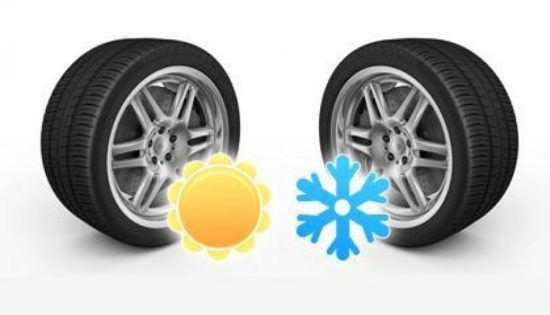
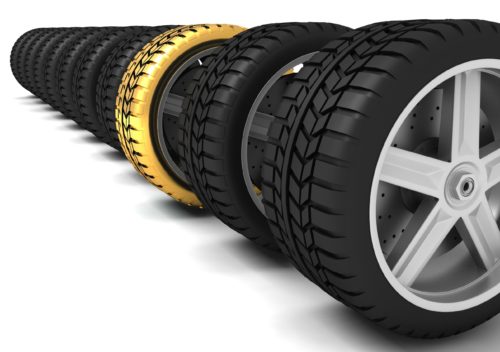


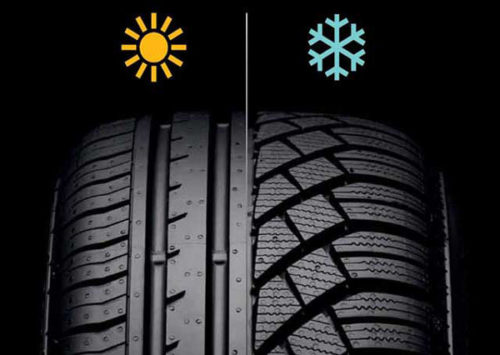
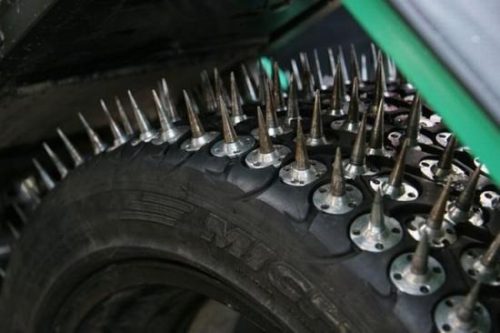
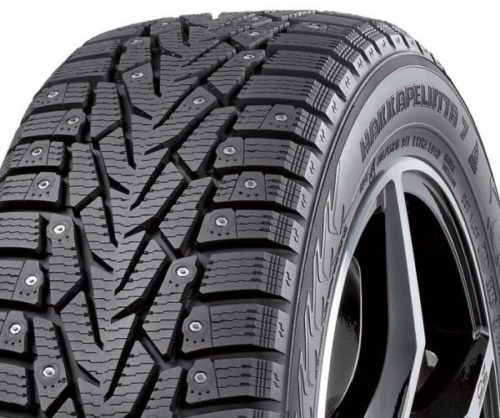
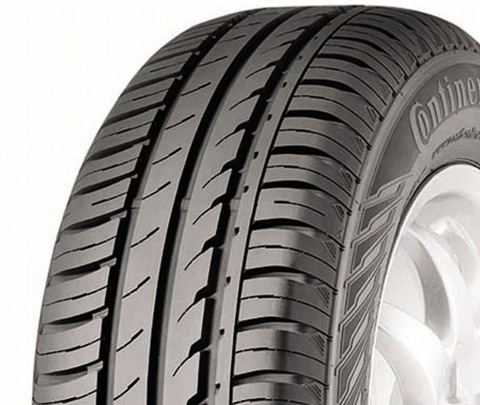
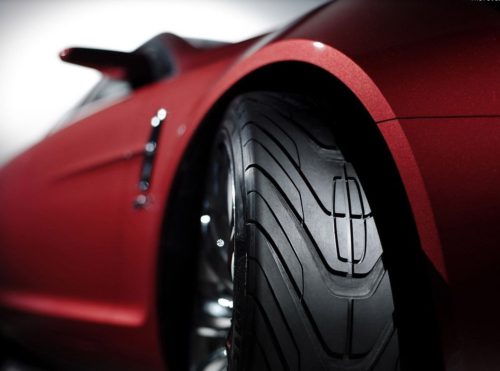
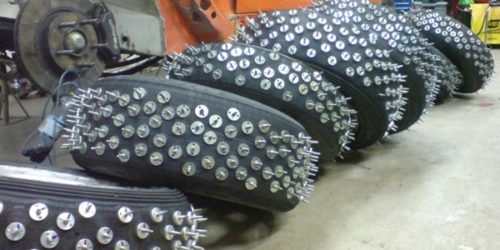
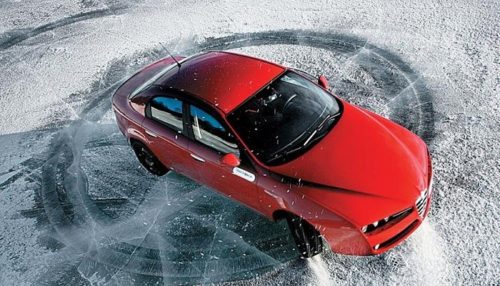

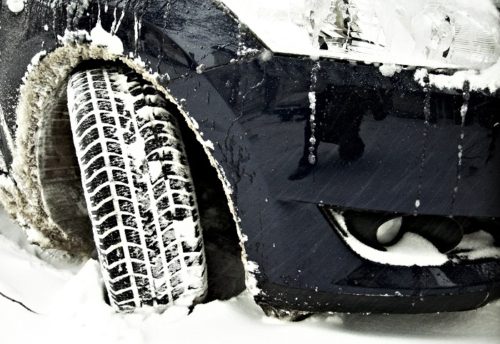
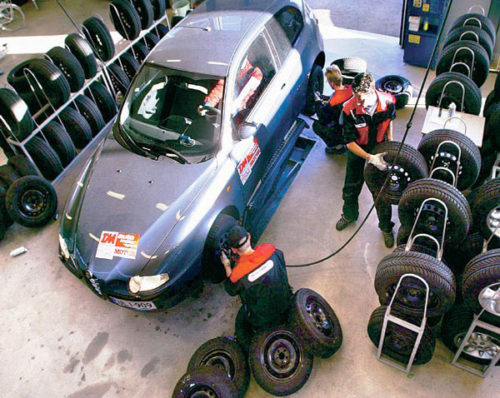
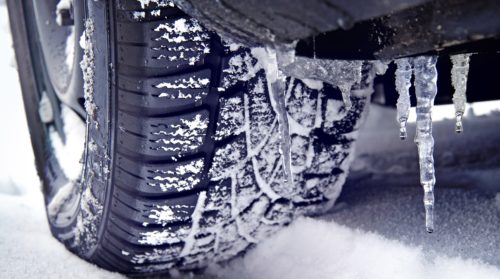
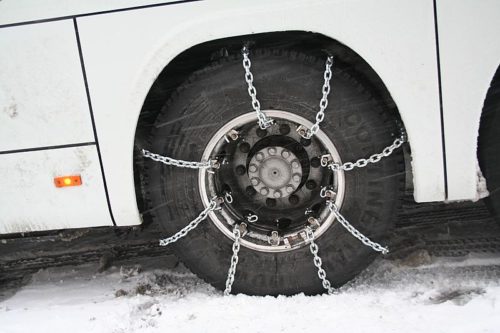






Comments